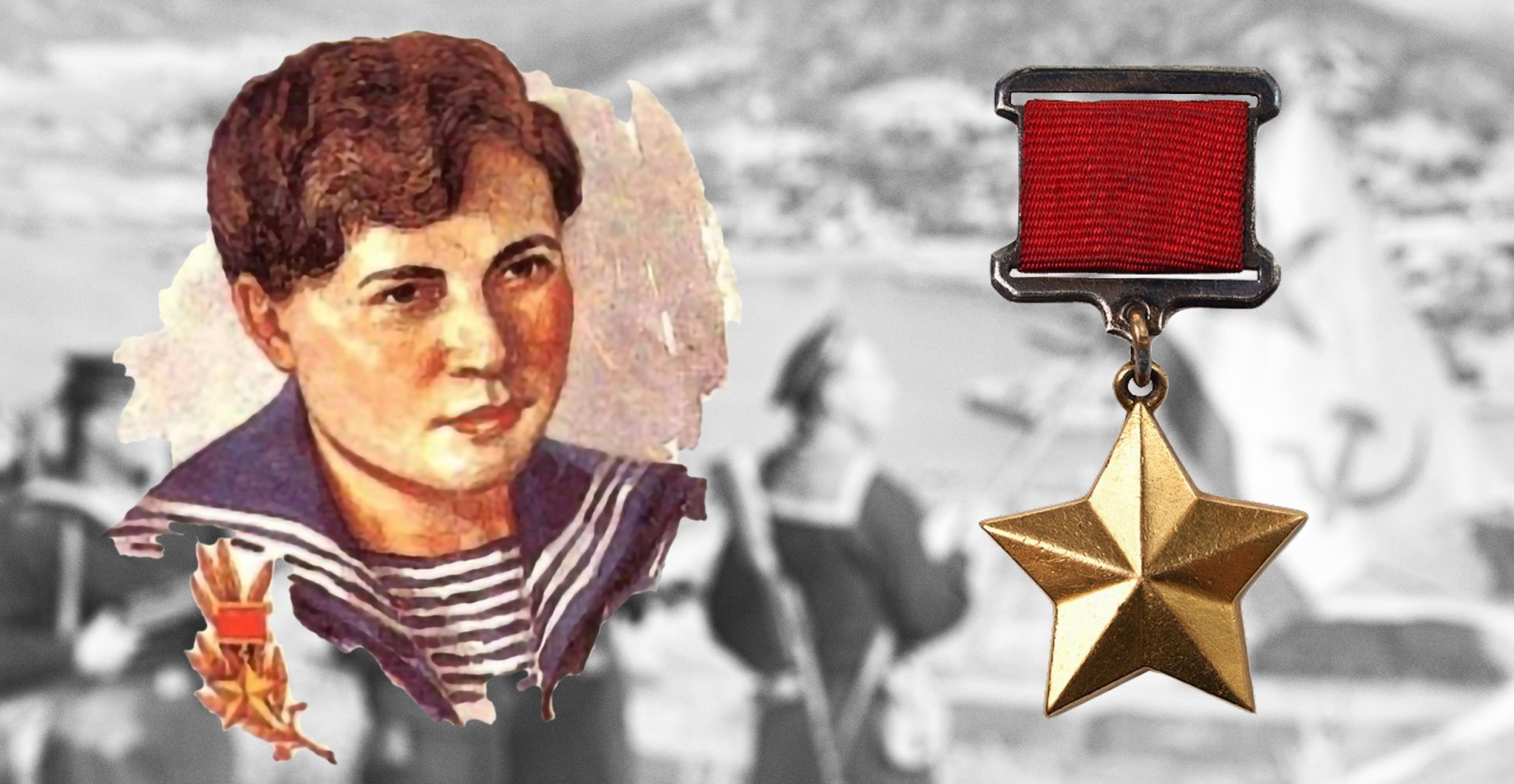In Vladivostok, on the territory of the main naval hospital of the Pacific Fleet, is a monument of a girl with a medicine bag on her shoulder. A Gold Star of the Hero is under the obelisk. The monument is of Maria Tsukanova: the only woman who, during the Soviet-Japanese war, received the title of Hero of the Soviet Union.
Tsukanova Maria Nikitichna was born on September 14, 1924, in the village of Smolenka, in the Tyumen region. She lived with her mother, stepfather, and brother. Her biological father died a few months before her birth.
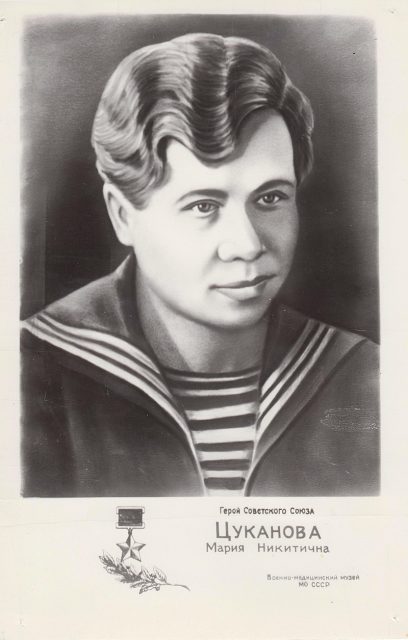
Throughout her childhood and adolescence, she lived in the Krasnoyarsk Territory, where she completed her primary school and junior high school education. In 1941, Maria worked as a telephone operator, and then as a nurse in a hospital relocated from Rostov.
Later, she moved to Irkutsk where, from February to June 1942, she worked at the Irkutsk Aviation Plant – first as a student and then as an inspector and controller of the 4th category. Alongside this, Maria took courses in medicine.
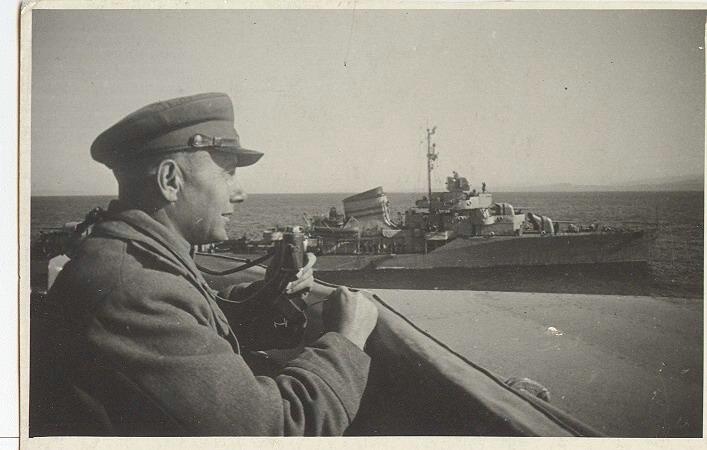
In May 1942, the decree of the State Defense Committee of the USSR announced the call to the navy for 25,000 female volunteers. Maria did not miss this chance and put her name on the list. On June 13, 1942, she was sent to serve in the Far East as part of the Navy.
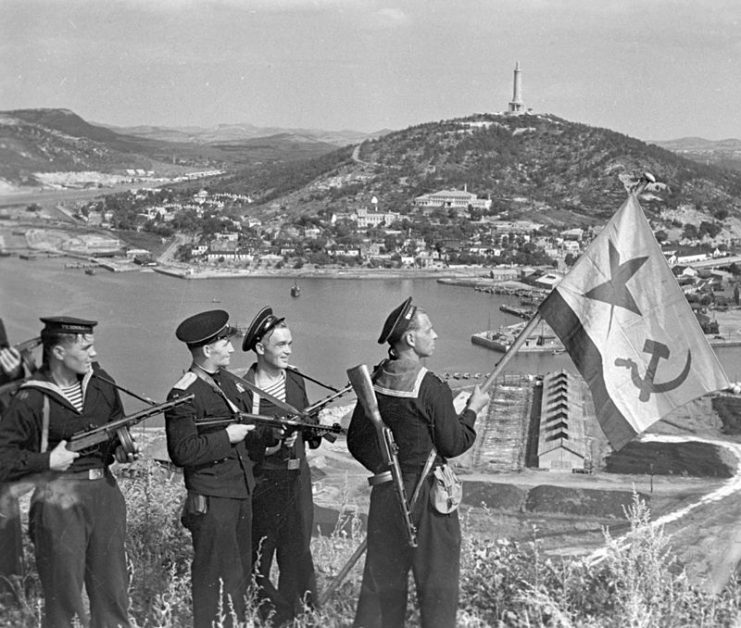
There, she served in the 51st Artillery Division of the Shkotov sector as a rangefinder and a telephone operator. In 1944, after graduating from the school of junior medical specialists, she was appointed as a medical officer of the 355th Marine Corps Battalion of the Pacific Fleet.
After the victory over Nazi Germany, the USSR entered a war with Imperial Japan. The fighting took place on the territory of the Kuril Islands, on the Korean peninsula, and in northern China. The war was declared exactly 3 months after the victory of the countries of the Anti-Hitler Coalition in Europe.
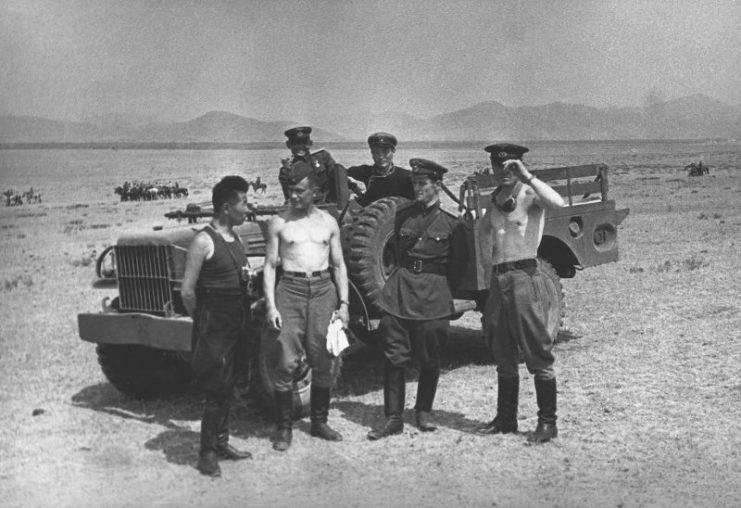
On August 13, 1945, the Seisin landing operation (Сэйсинская операция) commenced, and the USSR began to invade the Korean port of Seisin (now Chongjin). The port was well fortified and had a large Japanese garrison, consisting of up to 4,000 people and including units of the Third Army. On the morning of August 14, the 355th Battalion reached Seisin and joined the operation.
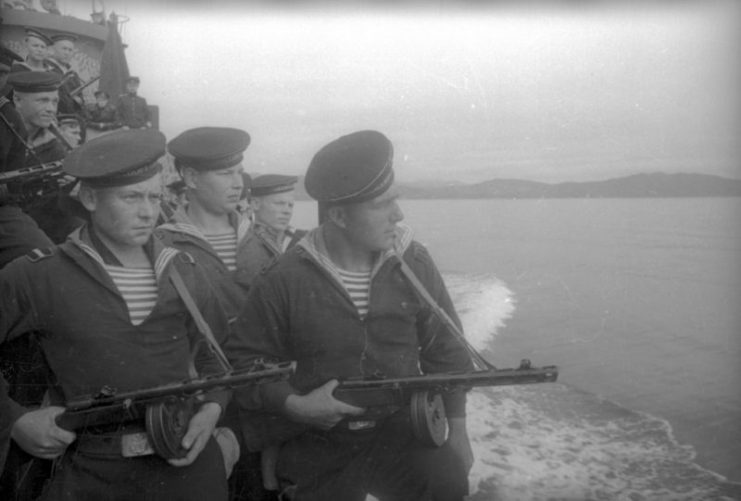
During the battle, the Japanese troops resisted strongly. On the first day, Maria was wounded on her shoulder. She refused to leave the battlefield and continued to provide medical assistance. For a period of about 2 days, she carried 52 sailors off the battlefield. On the evening of August 15, she, along with a group of soldiers, was in the fortified hill region.
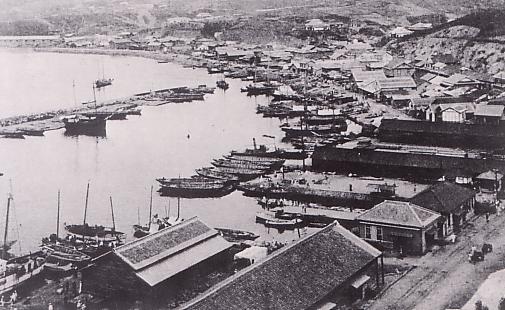
According to one version of events, they were involved in the withdrawal of wounded soldiers; according to another version, they took part in reconnaissance. After falling under mortar fire, Maria received a fragmentation wound in the leg and was captured, unconscious, by Japanese soldiers. The Japanese cruelly tortured her, trying to obtain information about the tactics of the Soviet marines.
After the Soviet troops captured the hill in which the Japanese headquarters were located, they discovered Maria’s mutilated body. The Japanese would first cut off their victim’s hands before poking out their eyes and cutting off their head. In order to bury Maria, her remains were wrapped in cloth. She was buried in a common grave in Seisin, on the hill of Komalsam.
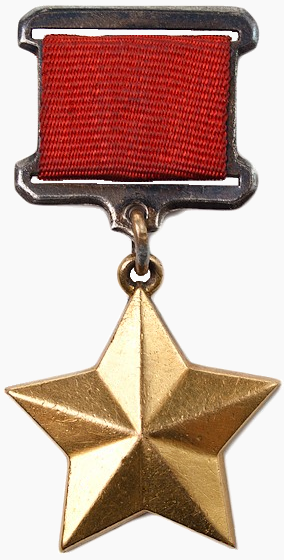
On September 14, 1945, “for the exemplary fulfillment of command assignments on the front of the struggle against Japanese imperialists, and her show of courage and heroism,” Maria Tsukanova was posthumously awarded the title of Hero of the Soviet Union.
Today, on the “Hill of Heroes” (Сопка героев), her monument stands in white marble, on which it is written:
“Here are buried 25 Russian heroes who died the death of the brave for the liberation of Korea from the Japanese invaders.”
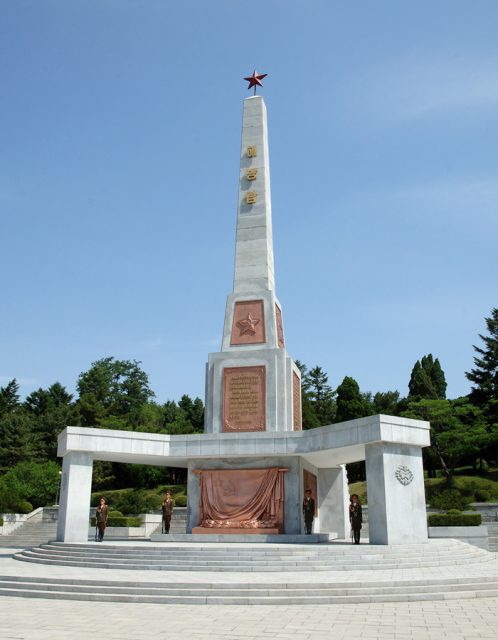
The monument was erected in 2010. Villages and streets have been named in her honor. A resident of Vladivostok, Galina Shaykova, wrote about Maria in a book entitled Я очень хочу жить… (I really want to live). In addition, her story features in the Soviet-Korean film Utomlennoe Solntse, which was released in 1988. However, the events of the film differ from real-life.
